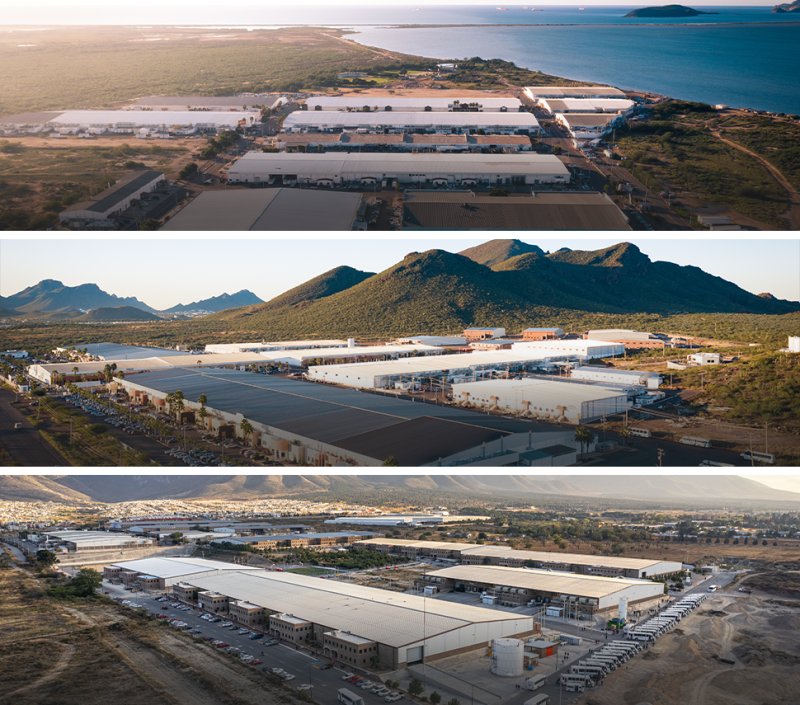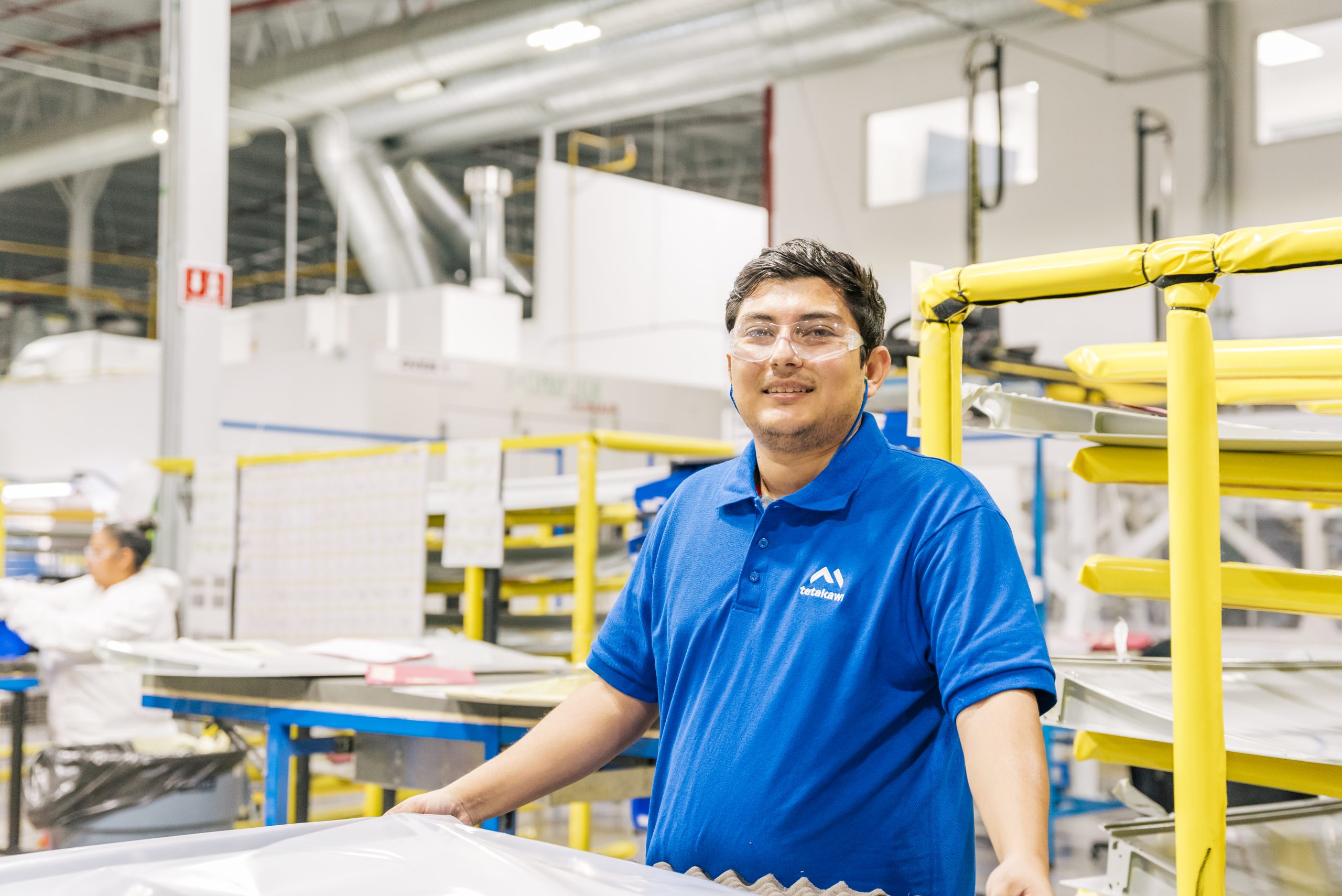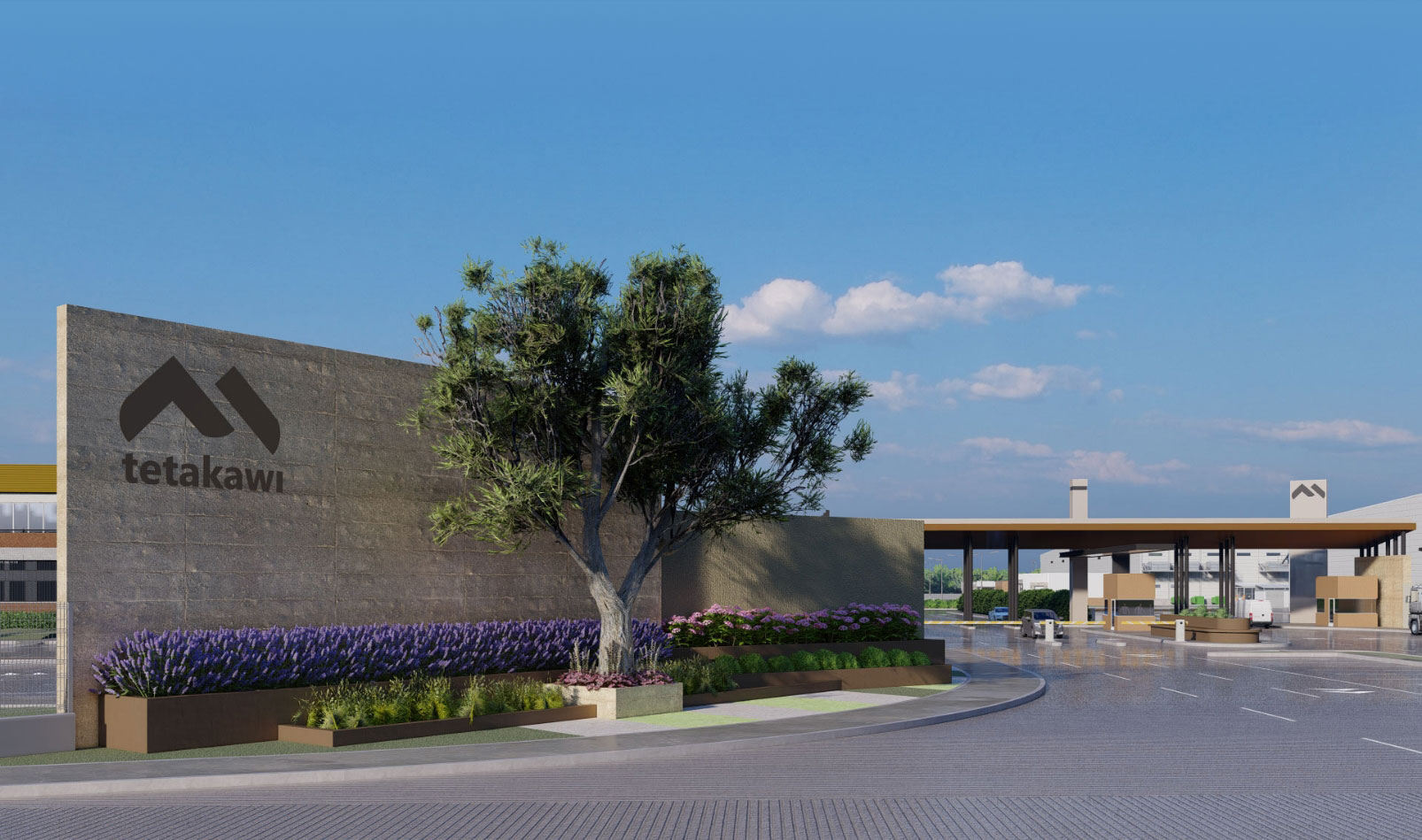If you’re evaluating Mexico as your next manufacturing destination, you’ve probably heard the same advantages repeated over and over again: cost, labor, and proximity. What you haven’t heard as clearly is how to make those advantages real—or how easily they slip away when you choose the wrong entry path.
This guide is designed to help you navigate that decision. Whether you’re reshoring from China, reaching capacity limits in the U.S., or entering Mexico for the first time, we’ll walk through the most common manufacturing models, where they fall short, and how to build a foundation that scales.
Because when it comes to manufacturing in Mexico, what looks easy on paper can quickly turn into operational friction—unless you get the execution right.
Why Mexico Now?
- Labor availability: Mexico’s population is young and growing, with 120,000 engineering graduates entering the workforce annually.
- Labor cost: Fully fringed labor is often 40–50% lower than in the U.S., and engineering talent is dramatically more affordable than in China.
- Proximity to market: Transit times to the U.S. are measured in days, not weeks. Inventory turns faster. Working capital goes further.
- Trade access: Through USMCA and IMMEX, you get tariff advantages, duty-free imports, and cost benefits that aren’t available offshore.
- Cultural alignment: Real-time communication, shared time zones, and closer oversight—a stark contrast to Asia-based sourcing.
Learn more about the advantages of manufacturing in Mexico here.
But here’s the part most consultants won’t say outright: The advantages of manufacturing in Mexico are only meaningful if you can actually capture them.
The Five Most Common Entry Models — and Why They Fall Short
When companies evaluate how to manufacture in Mexico, they often assume they can simply replicate what worked in China. But Mexico isn’t China. And that’s a good thing.
1. Contract Manufacturing
What it is: Outsourcing your production to a third party that owns the facility, labor, and processes.
- Pros: Low upfront investment, fast setup, no legal or HR obligations.
- Cons: Limited control, IP risk, hard to scale with flexibility.
Key Takeaway: Works for transactional production, but breaks down when control and scale matter.
2. Joint Venture
What it is: A formal partnership with a local company to share ownership, investment, and operations.
- Pros: Shared cost/risk, built-in local knowledge.
- Cons: Misaligned priorities, complex governance, hard to unwind.
Key Takeaway: A good fit when both partners align perfectly… but that’s rare.
3. Acquisition
What it is: Purchasing an existing facility or operation in Mexico.
- Pros: Instant presence, workforce and vendor access.
- Cons: Integration challenges, legacy systems, hidden liabilities.
Key Takeaway: Fast entry, but the cleanup cost can outweigh the benefits.
4. Standalone Entity
What it is: Building a wholly-owned subsidiary in Mexico and managing all operations internally.
- Pros: Full control, complete asset ownership.
- Cons: Legal hurdles, long timeline, high internal burden.
Key Takeaway: Total control, but with total responsibility and slower speed.
5. Traditional Shelter Services
What it is: Operating under a third-party’s legal structure to reduce regulatory and administrative risk.
- Pros: Fast launch, no need to establish entity, admin support.
- Cons: Varying quality, opaque costs, partial outsourcing risks.
Key Takeaway: Speeds up entry, but quality and transparency are not guaranteed.
The Sixth Model: The Manufacturing Community (and Why It Works Best)

What if you could combine the simplicity of the shelter model with the infrastructure, services, and labor systems manufacturers actually need to succeed?
That’s Tetakawi’s Manufacturing Community model—built on 40 years of execution, proven in Hermosillo and Saltillo, and now, Mazatlán.
- Legal insulation via shelter structure
- HR, compliance, and customs support on site
- Move-in ready Class A space
- Workforce pipelines built through education partnerships
Key Takeaway: It’s not a vendor relationship. It’s a platform. And it’s what separates manufacturers who survive from those who scale.
Mexico Manufacturing Entry Model Comparison: Side-by-Side
| Entry Model | Speed to Launch | Control Level | Legal Complexity | On-Site Support | Ideal For |
|---|---|---|---|---|---|
| Contract Manufacturing | Fast | Low | Low | Low | Short-term, low-volume production needs |
| Joint Venture | Medium | Medium | High | Medium | Strategic partnerships with shared goals |
| Acquisition | Medium | Medium | High | Variable | Immediate market entry with existing operations |
| Standalone Entity | Slow | High | Very High | Depends on team | Long-term investments requiring full control |
| Traditional Shelter | Medium | Medium | Low | Variable | Companies seeking reduced risk and faster entry |
| Manufacturing Community | Fast | High | Low | High | Businesses aiming for speed, stability, and control |
So, Where Do You Go From Here?
Every entry model into Mexico has tradeoffs. But when speed, scale, and stability are non-negotiable, one question remains:
Where can you put this strategy into motion—without friction?
That’s where Mazatlán enters the conversation.
Why Mazatlán? And Why Now?
You may not have considered Mazatlán as a manufacturing location. And that’s exactly what makes it powerful.
- Room to grow and an under-tapped labor force
- Only 4% of the workforce in manufacturing today
- Trainable, career-seeking workforce
- Quality of life that retains talent
Tetakawi’s new Manufacturing Community in Mazatlán makes this possible with:
- Shelter structure for fast entry
- Class A space ready to occupy
- Local tech talent pipelines
- Full back-office and launch support
Final Thought: Choose the Right Entry Strategy — and the Right Partner
Mexico offers the advantages you’re looking for—only if you structure your operation the right way.
At Tetakawi, we:
- Help you launch in as little as 30–90 days
- Handle the administrative burden so you can focus on manufacturing
- Build Manufacturing Communities where workforce, compliance, and performance are unified
If you’re exploring how to manufacture in Mexico—and want to do it without missteps—we’re ready when you are.



